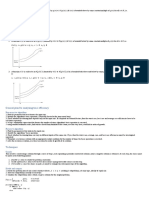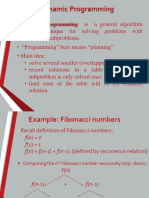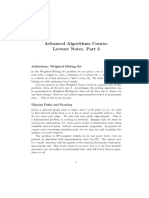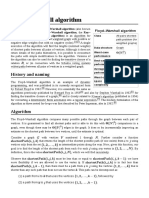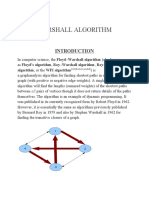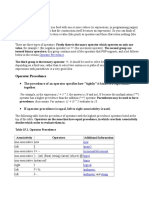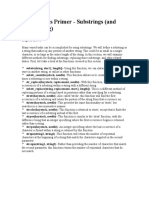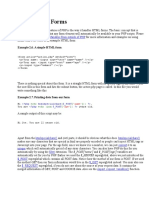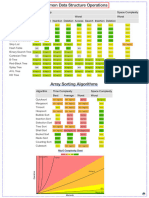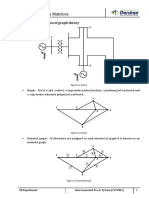0% found this document useful (0 votes)
48 views44 pagesS2015 Lecture-7
Yonghui Wu Competitive Programming Spring 2015 Lecture-2-2
Uploaded by
Documentation JunkieCopyright
© © All Rights Reserved
We take content rights seriously. If you suspect this is your content, claim it here.
Available Formats
Download as PDF, TXT or read online on Scribd
0% found this document useful (0 votes)
48 views44 pagesS2015 Lecture-7
Yonghui Wu Competitive Programming Spring 2015 Lecture-2-2
Uploaded by
Documentation JunkieCopyright
© © All Rights Reserved
We take content rights seriously. If you suspect this is your content, claim it here.
Available Formats
Download as PDF, TXT or read online on Scribd
/ 44













